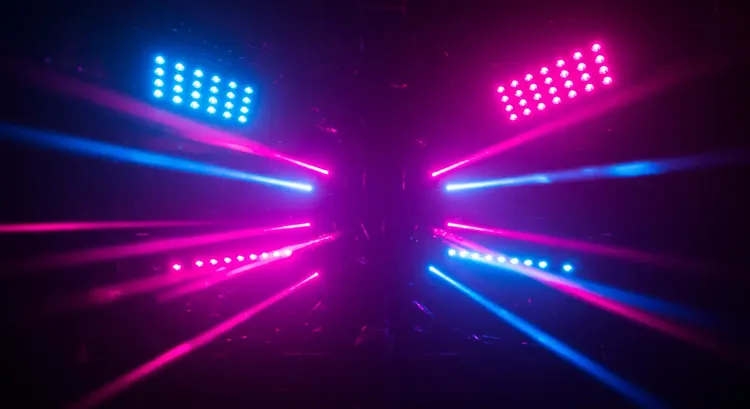In professional settings, a reset button is not a tool—it’s a crutch. Its presence reveals the developer’s failure to ensure full self-recovery of the device. This might be acceptable for test or consumer-grade devices, but in show technology—especially for installations with large audiences where errors impact spectacle, safety, or system integrity—it’s unacceptable.
An Accessible Reset Button is a Vulnerability
An openly accessible, easily pressed reset button on the casing poses serious risks:
It can be accidentally pressed during installation, transportation, or maintenance.
It may be triggered by a malicious individual or bystander, especially in outdoor installations or public spaces.
If the reset disrupts the configuration, halts lighting operation, or clears scenes, it causes an immediate failure of the lighting control system.
Such a control element doesn’t just fail to help—it increases the risk of system failure.

